



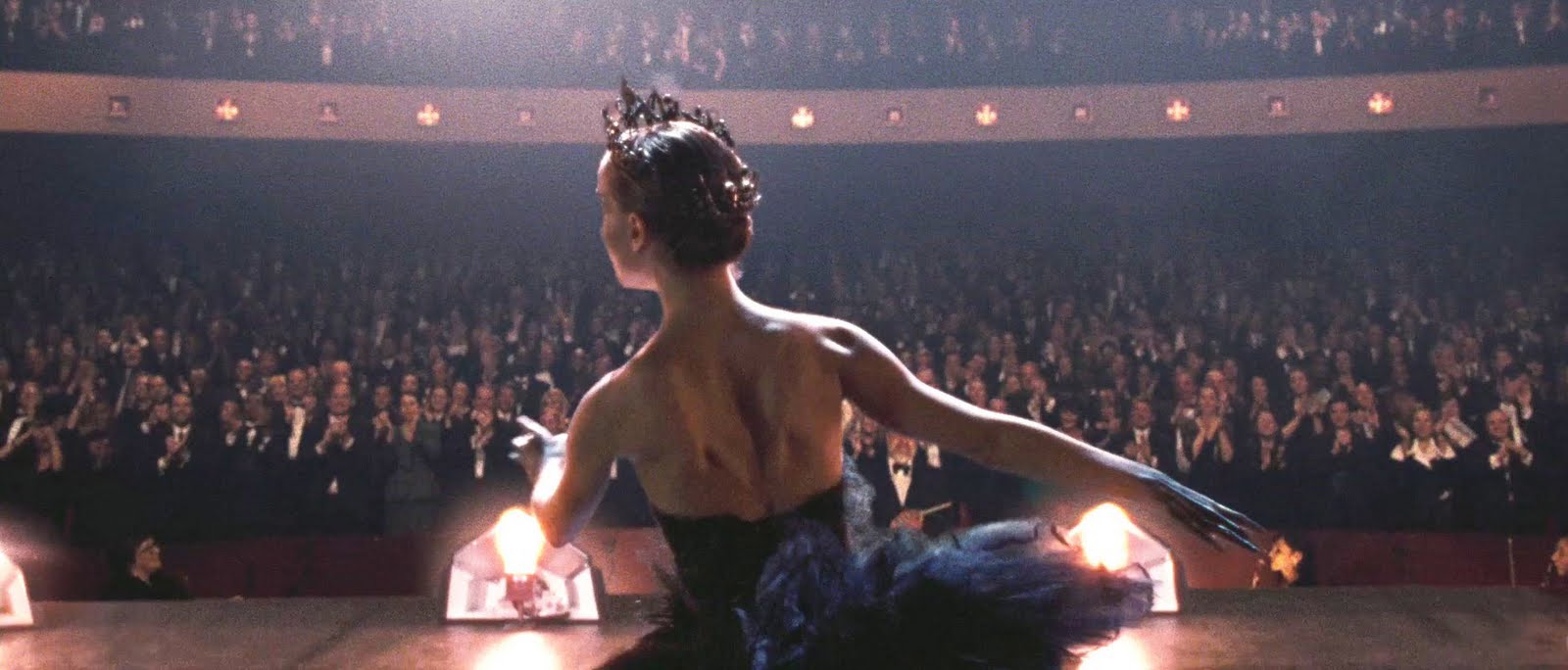
Darren Aronofsky – the interview: the “Black Swan”, mirrors, dance and duality
The psychological evolution of a fragile dancers introduces you into a kaleidoscopic world of mirrors, choices, ambition, perfection, sexuality, attraction and repulsion, pleasure and subconscious, never ending chilhood, dramatic duality and pathos.
With Natalie Portman (excellent), Vincent Cassel, Winona Ryder and Mila Kunis, as protagonists of a story that’ll leave you without breath, Mr. Darren Aronofsky usurges with that kind of mixture between psycho-thriller-cinema, human-telling and theatricality that have made the World in love with his movies, from “Requiem For A Dream”, to “The Wrestler” to this new masterpiece: “Black Swan”.
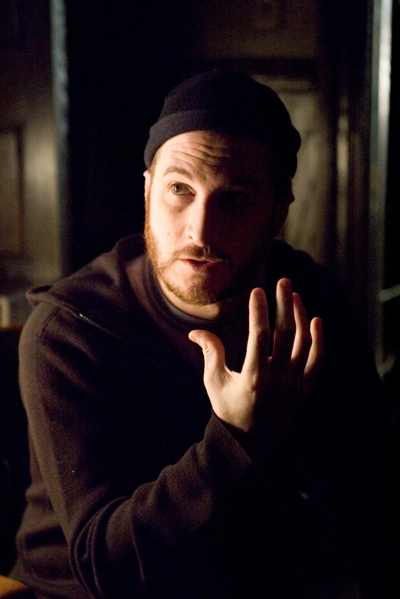 What’s behind his genius?
What’s behind his genius?
He told us in a little interview, at the last Venice Film Festival 2010.
(Just a few days before the Academy Awards night, where the movie has received 5 nominations).
Three years ago you came with “The Wrestler”, a cruel movie about that microcosm. Now you give us, with your latest “Black Swan”, a picture of the world of ballet, delicate as well as extremely hard…
DA: Both of these movies are based on physical attitudes and how committing our own physical forces might influences our lives.
It’s been a huge changing from one universe to the other, but I can say that they are like two sides of the same thing: the first as the lower shape of art and the other as the highest.
Both Mickey and Natalie have been amazingly great in interpreting their roles, because the are two artists using their bodies for their lives, threatened by physical injuries, and, as actors, they’ve both contentrated in acting as well as in the atlethic training.
The psychology beneath the surface of both movies and protagonists is the aim, and, so, that duality.
How has Natalie prepared herself in defining the character of Nina?
DA: She’s been terrific! She’s been working since 2002 in studying that delicate and complexed classical dancer, little by little, and, in the last year, also training about 5 hours a day in dancing. She have never had any dance approach before. She told me that estreme training would have been the only thing to do, also because of the consequences that a huge training would have to her psychology and body. You know, it’s a movie about extremes!
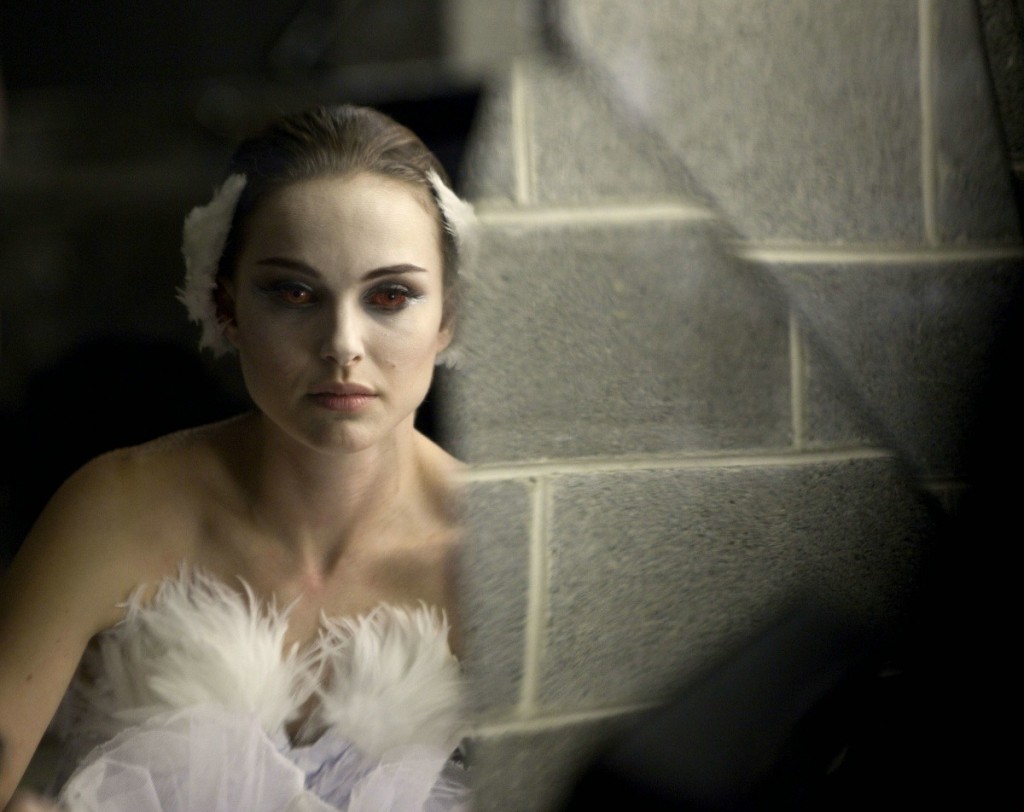
And, we have to say, that the ballet world is not so highly regarded in cinema…
DA: That’s one of the reasons I’d always wanted to make a film about it. It’s an isolated and encapsulated world, so difficult, where women and men are so intimate. I’ve made a little study on ballet and dance, making some phone call like interviews to get more informations about: you can’t under stand how many times dancers have not answered to my questions or even to the telephone. Incredible!
Ballet is a private world. I had to release a movie about that, analyzing the most dramatic part of it.
The movie is basically dramatic, psychologic and some kind of thriller, where mirrors have a major importance…
DA: The movie is a triumph of pathos, and mirrors are metaphors. In the ballet world there’re so many, expecially in the gyms. Dancing is also narcissism, and directors like me are fascinated by mirrors and beauty.
So mirrors, in filming, have become the key to understand Nina: double, knocked to a reflection never false, looking (like the whole movie) over the mirror itself.
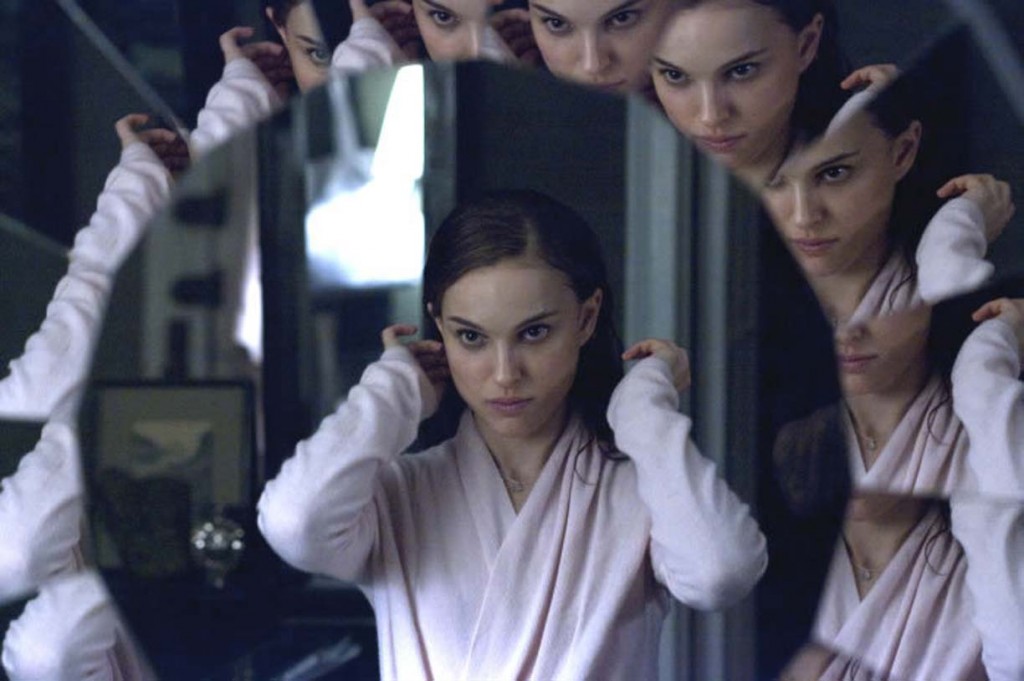
And, here, like in “The Wrestler”, your use of hand camera has been at the bases of your direction.
DA: Of course, it is! That kind of filming has been used so many times, from thriller and horrors to documentaries. But I wanted to make it something else: the camera is like dancing, like dancers, capturing pain, passion and sweat.
What about Vincent Cassel and Winona Ryder: the first as a smart choreographer and the second as an “old” and desperate dancer…
DA: I have to say that Vincent is one of my favourite actors, and I’ve seen everything he’s done, from little French movies to the well known Hollywood films. In my movie he’s perfect: Machiavellian, concentrated on his work and art, not thinking about people he doesn’t need. Winona is a superstar, like her role in the movie: who’d have done better, that character? No one, I suggest you!
About Vincent, I like to add that he studied dance as a young boy, and he left because it was even harder than acting, he told me!
The colours in “Black Swan”: from pink to white&black…
DA: It is one of the scores of the movie. I used mostly pink colours, in soft declination, to introduce into the world of the ballet: it represents something pure and sacred, but elusive and etereal too, and, if turning into the darkest nuances and red, it echoes to something insane, passionate and sensual, like blood, you know.
The black and white duality is the metaphor of the evolution, during the story, of Nina.
But the most important thing is that everything is chilling, glacial, far away and obscure.
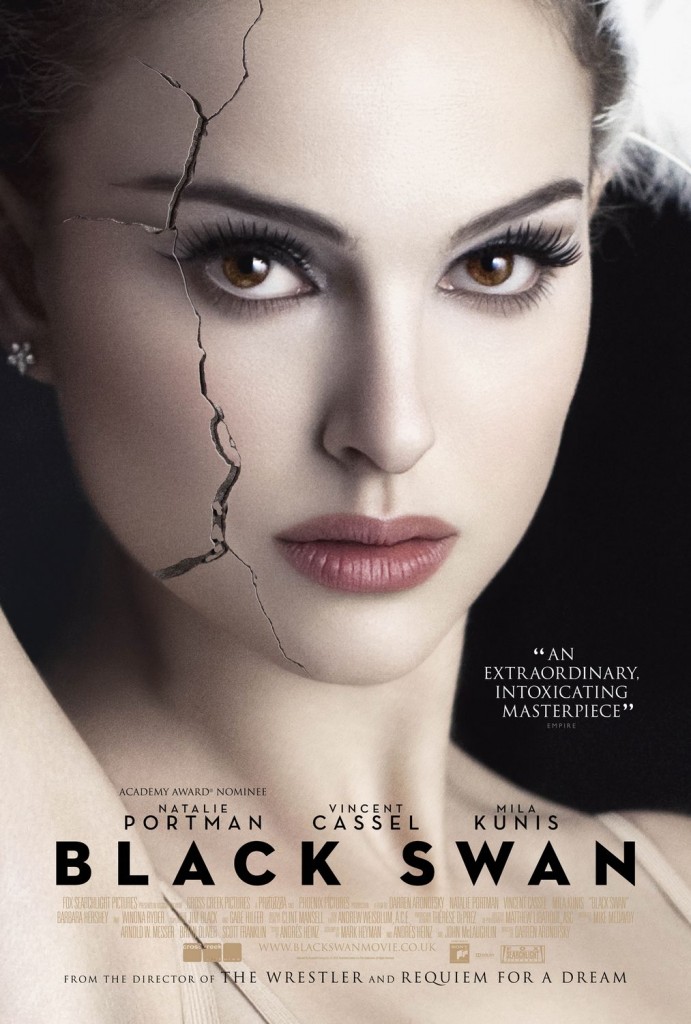
And, at the end, maybe, the black swan wins, like in real life?
DA: Who knows! Maybe. In real life, most of the times, in art not always. The chance to guess and imagine about the end is another aim of “Black Swan”. I have my personal idea about, but maybe it’s not the real one…
TRAILER: http://www.youtube.com/watch?v=5jaI1XOB-bs
by Ilaria Rebecchi